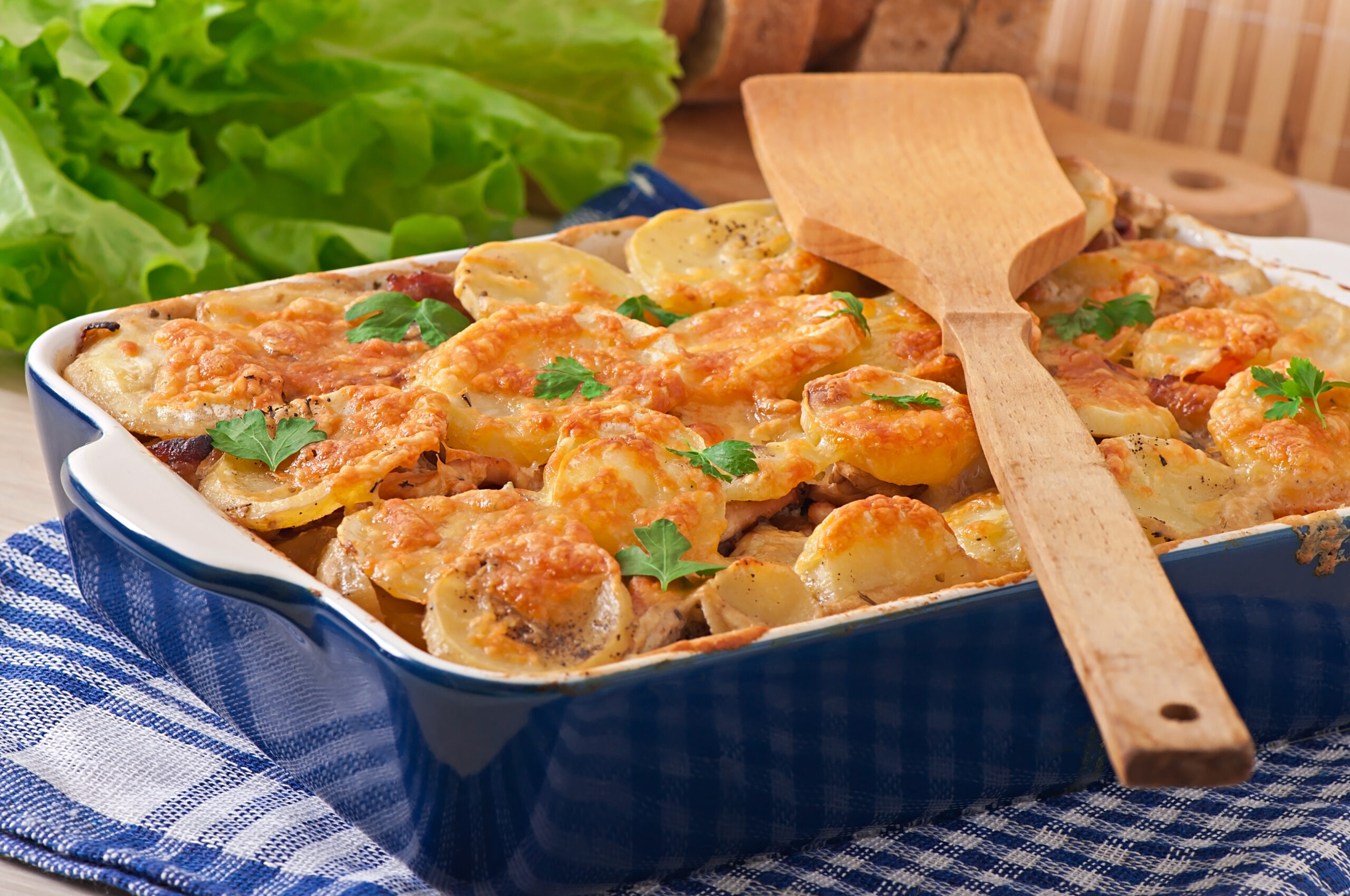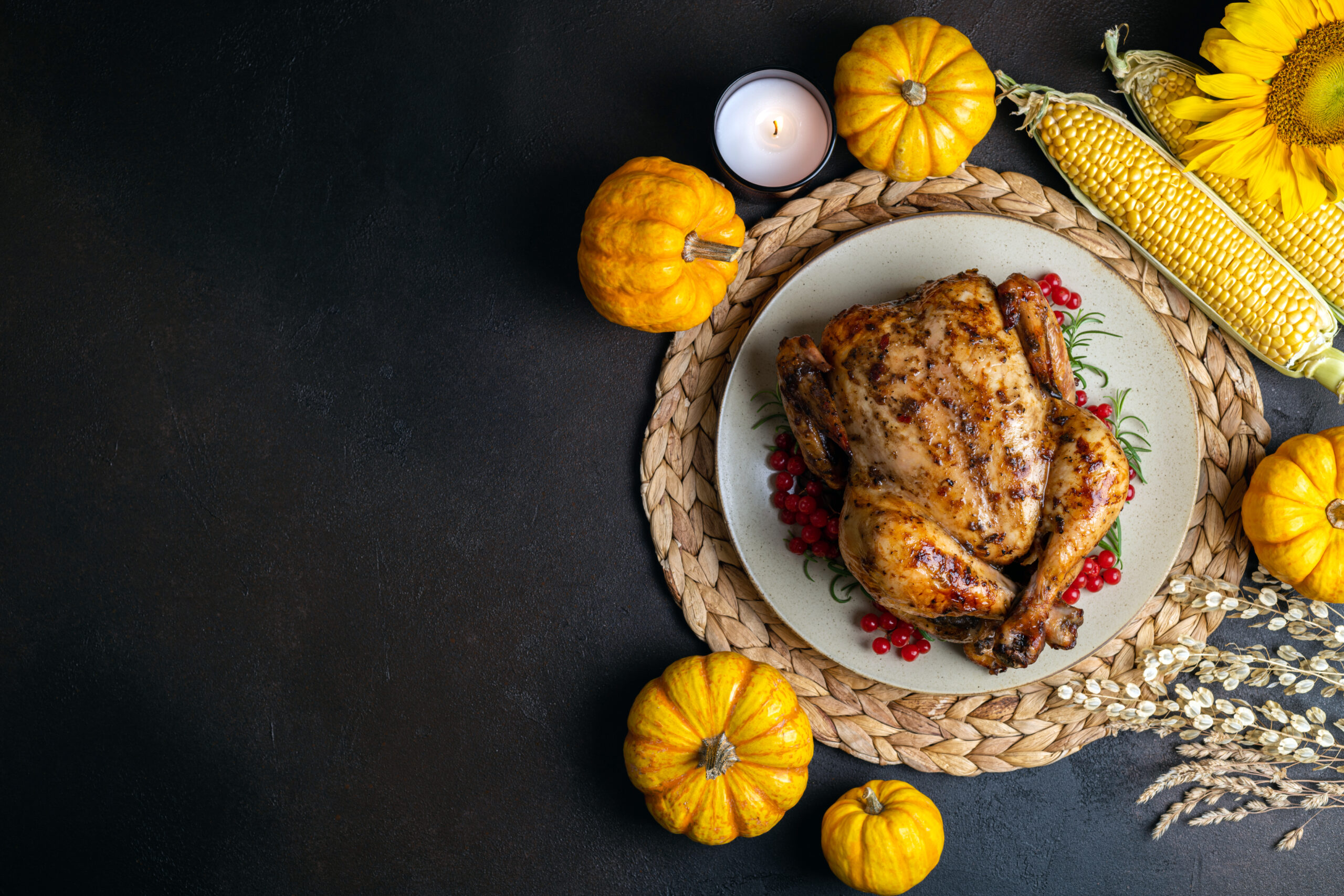- FOOD
Easy and Creamy Scalloped Potatoes Recipes


Thanksgiving is a time to gather with family and friends, sharing not only gratitude but also a feast that celebrates tradition and togetherness. At the heart of this culinary celebration is Thanksgiving stuffing, a dish steeped in history and brimming with flavor. While turkey may be the centerpiece, stuffing is the soul of the meal, offering a savory blend of textures and tastes that complement the holiday spread. Whether you prefer classic recipes passed down through generations or modern twists that incorporate new ingredients, stuffing offers endless possibilities to explore and enjoy.
The origins of Thanksgiving stuffing trace back to ancient culinary practices, where cooks would fill the cavities of birds and other animals with various ingredients to enhance flavor and moisture. This method was adopted by early American settlers and has since evolved into the beloved Thanksgiving stuffing we know today. The historical context of stuffing reveals a dish that has been influenced by various cultures, incorporating ingredients and techniques from Native American, European, and African culinary traditions.
In colonial America, stuffing was often made with a mixture of stale bread, herbs, and whatever ingredients were readily available, such as chestnuts, oysters, or dried fruits. This practical approach not only made use of leftovers but also allowed for creativity and adaptation based on regional availability. Over the centuries, stuffing has become a staple of the Thanksgiving meal, with each family adding their unique touch to the recipe.
At the core of any stuffing recipe are a few key ingredients that provide the foundation for flavor and texture. Bread cubes are the primary component, offering structure and absorbency to soak up the delicious juices from the turkey and other ingredients. Choosing the right type of bread is crucial; options range from sourdough and French bread to cornbread, each imparting a distinct taste and texture.
Herbs play a vital role in elevating the flavor profile of stuffing. Traditional choices include sage, thyme, and rosemary, which add aromatic depth and earthiness. These herbs can be used fresh or dried, depending on availability and preference. Other essential ingredients include onions, celery, and garlic, which provide a savory base, while butter adds richness and moisture.
For those seeking to enhance the classic recipe, consider adding nuts such as pecans or walnuts for crunch, or fruits like cranberries or apples for a touch of sweetness. These additions can bring a new dimension to the stuffing, making it a standout dish on the Thanksgiving table.

While traditional stuffing recipes hold a special place in many hearts, modern cooks are not afraid to experiment with new flavors and techniques. One popular trend is incorporating international ingredients to create a fusion dish that reflects diverse culinary influences. For example, adding chorizo and jalapeños can bring a spicy, Southwestern flair, while using wild rice and mushrooms offers a hearty, earthy variation.
Another contemporary approach is to create gluten-free stuffing using alternatives like gluten-free bread or grains such as quinoa or rice. These adaptations ensure that everyone at the table can enjoy this quintessential side dish, regardless of dietary restrictions.
For those looking to reduce preparation time, consider using pre-seasoned or artisanal bread mixes designed specifically for stuffing. These mixes often include a blend of herbs and spices, simplifying the process while still delivering robust flavor.
Fresh herbs can transform a simple stuffing recipe into a gourmet experience. The vibrant flavors and aromas of fresh herbs like sage, thyme, and parsley can enhance the overall taste of the dish, adding complexity and freshness. When using fresh herbs, it’s important to remember that they are more potent than their dried counterparts, so adjustments to quantity may be necessary.
To incorporate fresh herbs effectively, finely chop them and mix them into the stuffing mixture just before baking. This ensures that the herbs retain their bright flavor and do not overpower the other ingredients. Additionally, consider using a combination of herbs to create a balanced and nuanced flavor profile that complements the other components of the Thanksgiving meal.
For those seeking convenience without sacrificing flavor, preparing stuffing in a slow cooker is an excellent option. This method allows the stuffing to cook evenly and absorb flavors over several hours, resulting in a moist and flavorful dish. To begin, prepare your stuffing mixture as usual, incorporating bread cubes, herbs, and other desired ingredients.
Lightly grease the slow cooker with butter or oil to prevent sticking, then transfer the stuffing mixture into the cooker. Cover and cook on low for 4 to 6 hours, checking occasionally to ensure the stuffing remains moist. If needed, add a bit of broth to maintain the desired consistency. The slow cooker method is particularly useful for freeing up oven space during the busy holiday cooking process, allowing you to focus on other dishes while the stuffing cooks to perfection.
Leftover stuffing is a treasure trove of possibilities, offering a chance to extend the flavors of Thanksgiving beyond the holiday meal. One delightful way to repurpose stuffing is by creating stuffing muffins. Simply pack the leftover stuffing into a greased muffin tin, bake until crispy on the outside, and serve as a convenient and portable snack or side dish.
For a hearty breakfast option, consider making a stuffing hash by combining leftover stuffing with diced potatoes, eggs, and your choice of vegetables or meats. This dish can be cooked in a skillet, offering a savory start to the day with the comforting flavors of Thanksgiving.
Stuffing can also be used as a filling for sandwiches or wraps, adding depth and texture to a simple lunch. Pair it with turkey slices and cranberry sauce for a delicious Thanksgiving-inspired sandwich. With a bit of creativity, leftover stuffing can become a versatile ingredient that adds warmth and flavor to meals long after the holiday has passed.